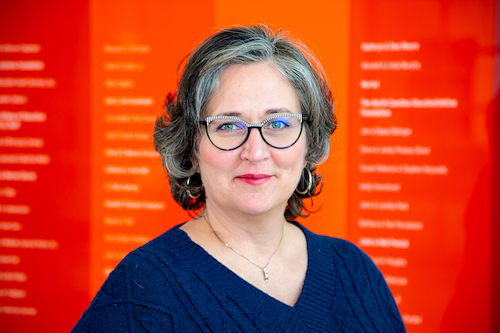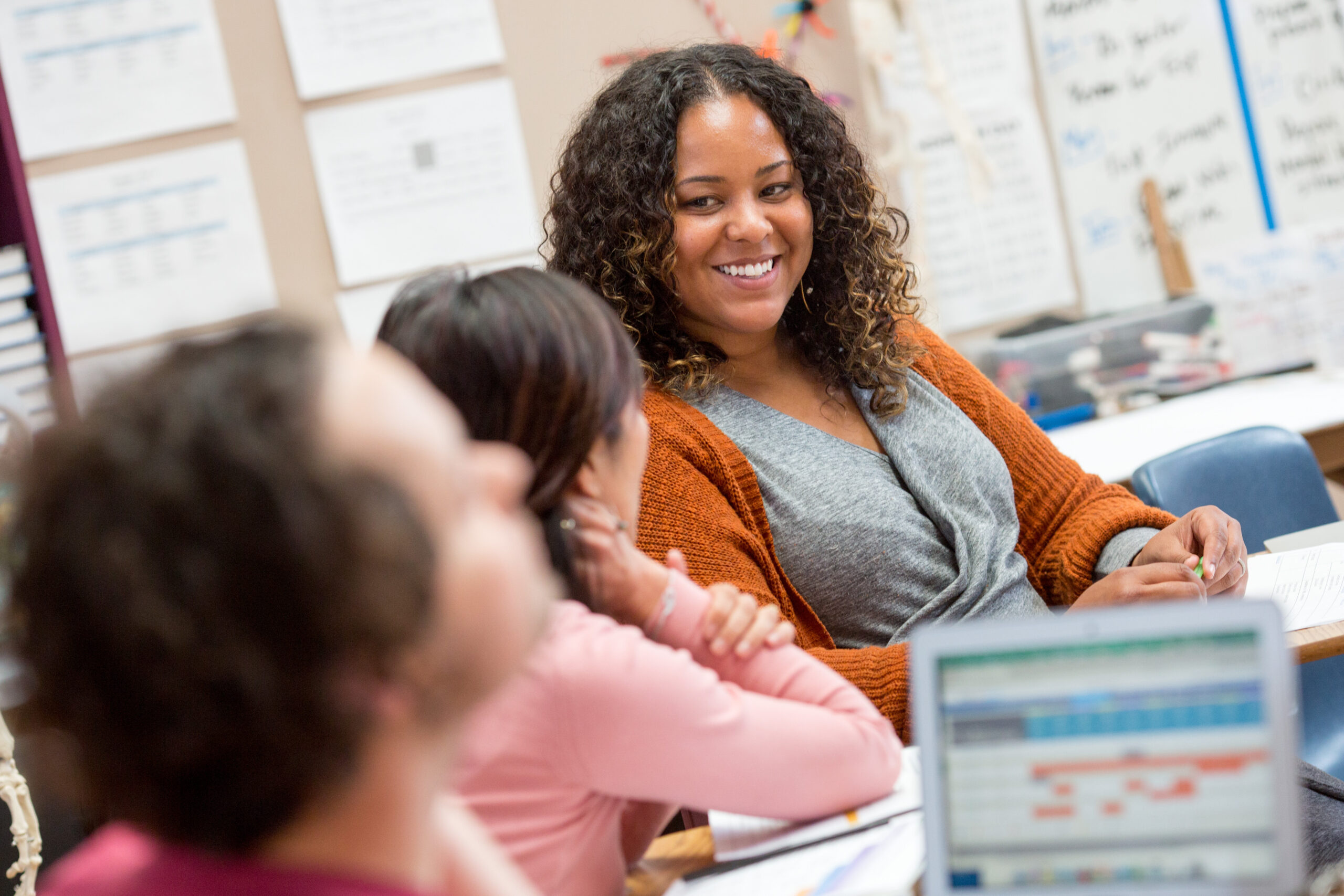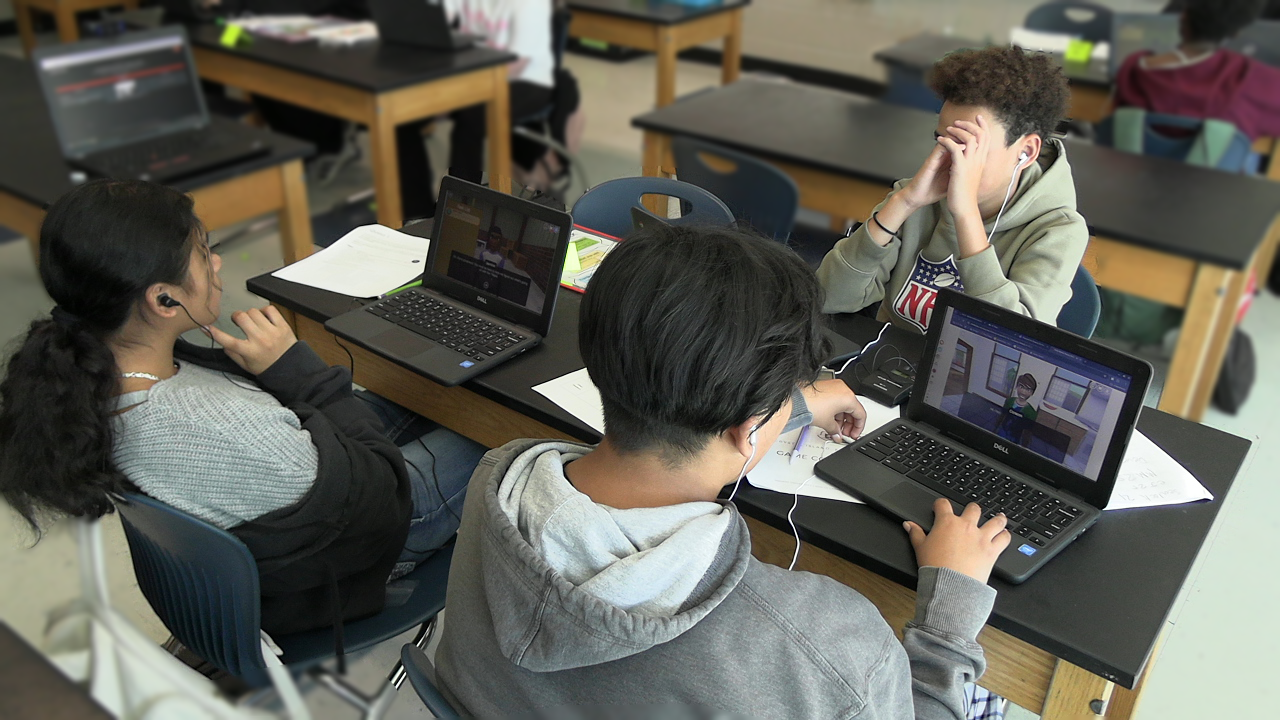Let’s Really Unpack That: Why Equity is the Driving Force for Backwards Design–Part Two
Backwards design allows us to unpack and prioritize critical learning standards, to repack standards so that we can accurately assess student mastery, and to plan engaging and effective learning experiences. Read part one of this series for more background on this process. Equity is the driving force behind this work, and it’s crucial for everyone involved in education to commit to using backwards design to ensure equity for each of our students.
[pullquote color=”wolfpackred” align=”alignright”]Equity is the driving force behind backwards design.[/pullquote]
The first step in backwards design is to unpack our standards. This step assures that we are focusing on what every student must know, understand or be able to do. Unpacking your standards gives us end goals that cannot vary from student to student. Our unpacked standards, the learning targets, are essential outcomes. According to Ken Williams, author of Ruthless Equity (2022), “Equity cannot be achieved without an essential outcome.” If we have different goals for different students, we will not have equity. Unpacking our standards first, then identifying the essential learning outcomes for each grade level in every course and content area, forces us to understand where we want our students to land. And how do we know we’ve gotten our students there, that they have achieved the “crown” as Williams says? That’s the second step of backwards design where we repack the standards.
When we repack the standards, we pinpoint what acceptable evidence students must produce to show their mastery. To be equitable educators, we must treat essential learning outcomes as though they are essential for every student to master. Repacking our standards by creating an assessment forces us to have a clear target for every student’s achievement. By creating our assessment before we start instruction, we are planning for equitable learning for all students. Repacking our standards sets the expectations that all of our students will perform at (or above) grade level, and our expectation must be that each student will show that mastery on our assessment, the repacked standards. Only then can we use those assessment results to mine for valuable data to identify and address issues of equity and access, while also ensuring that all students are held to the same high standards.
[pullquote color=”wolfpackred” align=”aligncenter”]To be equitable educators, we must treat essential learning outcomes as though they are essential for every student to master. [/pullquote]
Now we are ready for step three: plan the learning experiences for our students. It is easy to get bogged down by the challenges that our students face, but as Williams notes, “Ruthless equity educators aren’t detached from reality. What changes is our perspective. The challenges once offered as excuses for why students can’t learn now become context for our response.” We can’t change the circumstances that our students come from, but we can change how we respond to those circumstances. Yes, our students are coming with different background knowledge, from different support systems, and with different ways of learning, so we must, as Williams states, “seek to empower students to overcome, work around, and work through adversity because their circumstances don’t exempt them from having to master essential skills and competencies.” Here, each teacher has the power to cultivate students’ strengths and scaffold to help them grow. Being fully clear on where our students are and where they will need to be makes learning the throughline in every classroom. This is equity in action.
As educators, we all have a role to play in this work. Equitable practice is not something that can be achieved by a single teacher or school alone. It requires a collective effort from everyone involved in education, including administrators, policymakers and community members. We must all commit to being “ruthless equity educators” who refuse to let our students’ circumstances limit their potential for success. So let’s all take on this work with a sense of urgency and commitment. By using backwards design to plan for essential learning outcomes, we can create a learning environment that is truly equitable and inclusive for all students. Equity work is everyone’s work, and it’s time for us all to commit and make sure that every student has the opportunity to succeed. Let’s get to work!
 Amy is a lifelong learner and teacher, and her passion for education is evident in her dedication to creating a future where every teacher is a master of their craft, sparking a love of learning in every student and driving academic excellence through innovative and dynamic professional development designed and delivered with passion.
Amy is a lifelong learner and teacher, and her passion for education is evident in her dedication to creating a future where every teacher is a master of their craft, sparking a love of learning in every student and driving academic excellence through innovative and dynamic professional development designed and delivered with passion.
- Categories:


